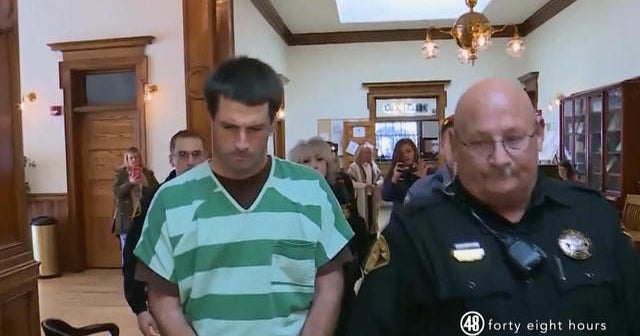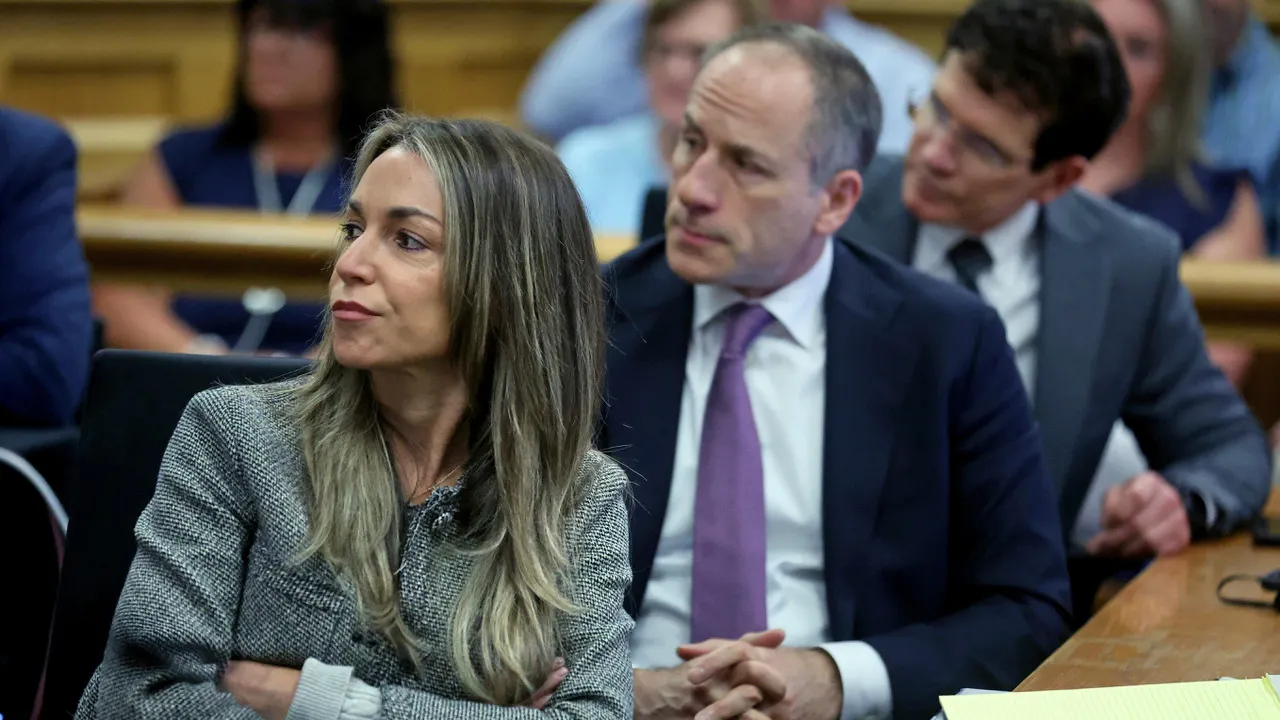Revealing Footage: The Key Evidence That Led to Kelsey Berreth’s Killer Conviction
The murder case of Kelsey Berreth, a young mother from Colorado, captivated the nation, not just for its tragic circumstances but also for the pivotal role that technology played in securing a conviction. A shocking video became the cornerstone of the prosecution’s case against Berreth’s suspected murderer, unraveling a narrative that would ultimately lead to a guilty verdict. This article delves into how this crucial piece of evidence was obtained, its implications for the justice system, and the intersection of technology and investigative work in modern criminal cases.
The Context of the Case
Kelsey Berreth was last seen on November 22, 2018. Her disappearance sparked an extensive search that culminated in the discovery of her remains months later. The investigation quickly turned towards her fiancé, Patrick Frazee, who was charged with her murder. The prosecution faced the challenge of proving not only that Berreth was dead but also that Frazee was responsible for her death.
The Pivotal Video Evidence
Among the most compelling evidence presented during the trial was a video captured from a local Safeway supermarket, showing Berreth and Frazee. This footage, recorded on the day of her disappearance, was crucial as it depicted their interactions, providing insights into their relationship dynamics. Eyewitness accounts and forensic evidence were significant, but the video added a layer of authenticity that was hard to dismiss.
The footage showed Frazee purchasing items that were later linked to the murder, including cleaning supplies. The prosecution argued that this was an attempt to cover up his crime, painting Frazee as a calculated individual who meticulously planned the murder. The jury was captivated by this visual evidence, which not only corroborated the timeline of events but also suggested premeditation.
Impact on the Jury and the Trial
The video played a critical role in swaying the jury’s perception. It served as a visual narrative that complemented the testimonies provided by key witnesses, including Frazee’s former lover, who testified against him. The combination of the video evidence and witness testimonies created an overwhelming case against Frazee, leading to his conviction.
Technological Advancements in Investigation
This case exemplifies the growing importance of technology in criminal investigations. Surveillance footage, once a supplementary tool, has become a central piece of evidence in many trials. The ability to analyze video footage for minute details has transformed the landscape of criminal justice.
Moreover, advancements in forensic science, such as DNA analysis, have made it possible to link suspects to crime scenes more definitively. In Berreth’s case, DNA found on the items purchased by Frazee further solidified the prosecution’s arguments. This synergy of technology and traditional investigative methods creates a more robust framework for solving crimes.
Broader Implications for the Justice System
The reliance on technology raises important questions about privacy, ethics, and the potential for misuse. As surveillance becomes more pervasive, the legal system must grapple with balancing the use of such evidence against the rights of individuals. This case highlights the need for clear guidelines regarding the acquisition and use of video evidence in courtrooms.
Furthermore, the case brought attention to the effectiveness of the legal system in handling high-profile cases. The intense media scrutiny surrounding Berreth’s murder meant that the trial was not just about justice for her but also about maintaining public trust in the judicial process. The successful conviction of Frazee served to reinforce the belief that technology can serve justice when wielded responsibly.
Looking Ahead: The Future of Criminal Investigations
As technology continues to evolve, so too will its role in investigations and court cases. The Kelsey Berreth case may serve as a precedent for future trials, where video evidence will be increasingly relied upon. Legal professionals must stay abreast of these advancements to effectively integrate them into their strategies.
Moreover, ongoing discussions about ethics in technology use will shape how future evidence is obtained and evaluated. It is essential that the legal community remains vigilant in ensuring that the pursuit of justice does not infringe upon individual rights.
Conclusion
The conviction of Patrick Frazee for the murder of Kelsey Berreth stands as a testament to the power of technology in the courtroom. The revealing footage that played a pivotal role in this case not only captured the jury’s attention but also underscored the chilling reality of how technology can unveil the truth in tragic circumstances. As we look to the future of criminal investigations, the intersection of technology and investigative work will undoubtedly continue to evolve, shaping the very fabric of our legal system.
See more ABC News Feed


